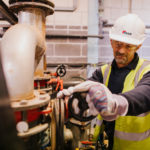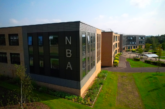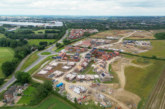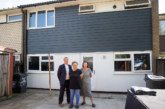 Mark Whittaker, Managing Director of Kier Places, discusses evolving the public sector estate to adapt to a changing world.
Mark Whittaker, Managing Director of Kier Places, discusses evolving the public sector estate to adapt to a changing world.
As Charles Darwin once said, it’s not the strongest nor most intelligent of the species that survives, but the one that’s most adaptable to change. This concept may have been written in the 1800s, but it still resonates today and is certainly true of our collective response to the two global challenges of our time: the Covid-19 pandemic and the climate crisis.
We’ve lived amid a pandemic for more than two years now, but Covid-19 continues to impact our daily lives. It enforced rapid change in every aspect of life almost overnight, including for those organisations that provide critical public services and need to continue delivering through difficult periods with as little disruption as possible.
We’re also in the midst of another emergency: the climate crisis. 2021’s UN Climate Change Conference (COP26) brought leaders together in Glasgow to speed up the global response to address the objectives of the Paris Agreement and reiterate the importance of taking action now. Councils and governments have also responded by announcing climate emergencies, beginning the momentous task of kick-starting their journeys to reach their own net zero targets.
So we’ve been working closely with our public sector clients at Kier Places to help them respond to this changing world and understand the challenges they face to safely deliver essential public services in difficult circumstances.
Our facilities management (FM) team has been working with Wiltshire Council since 2016, delivering mechanical and electrical, fire security and reactive fabric FM services. We maintain more than 50,000 individual assets to ensure they’re compliant, and deliver both planned and reactive maintenance to nearly 1,500 properties, including schools, council offices and hubs, libraries, farms, children’s centres, nurseries, a theatre and even a windmill.
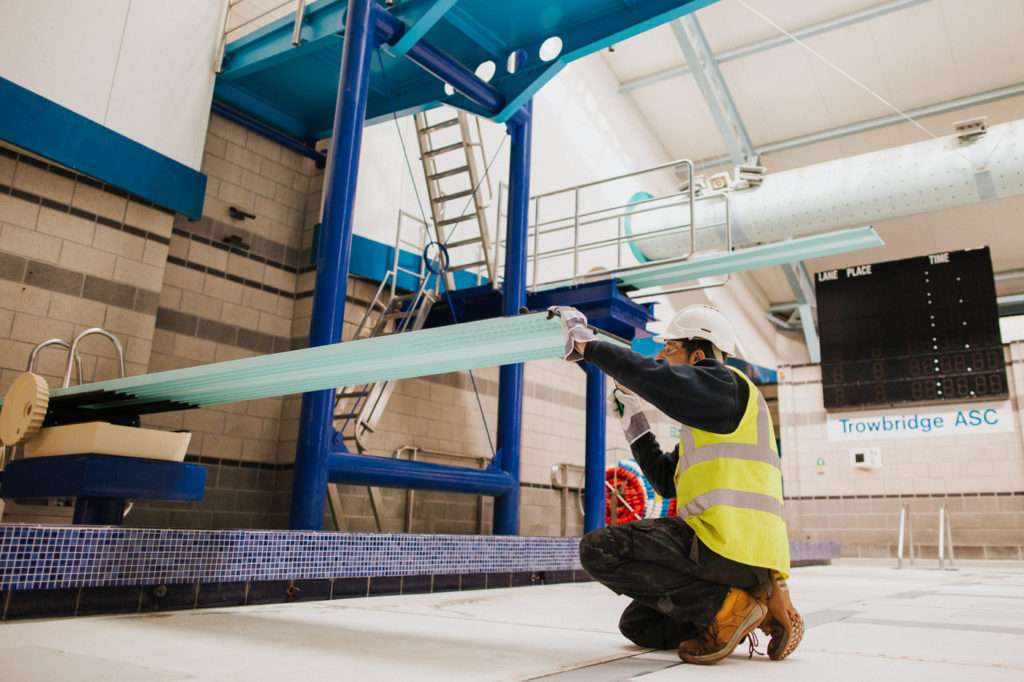 Going green in a hybrid world
Going green in a hybrid world
With the public estate generating 2% of the UK’s total emissions and the Government’s target to deliver a 78% reduction in emissions by 2035, a key part of our work in Wiltshire — and with many other councils — has been around saving energy.
Wiltshire Council has its own targets and has committed to being a carbon neutral organisation by 2030. This ambition is underpinned by a recently adopted Climate Strategy, which has been shaped by local people and stakeholders from a range of backgrounds, and it’s leading the county in how it responds to the vast challenges of climate change. The council’s plan is to educate and inspire and to help people step up and take the necessary action to make a positive difference.
Building service management is increasingly critical to understanding exactly how a building is being used, where any inefficiencies are, and identifying opportunities to make improvements, save money and reduce carbon. We’ve been using remote
monitoring technology to help with this process, which gives Wiltshire Council more control of its portfolio in one place. It also reduces the need for call outs, which has been particularly useful during lockdown periods.
For example, we’re able to carry out surveys remotely to identify how spaces are now used — particularly due to the pandemic’s impact on hybrid working and working from home freeing up many desks and offices — and where improvements can be made. This can include reducing or turning off the heating in storage rooms, which don’t require the same levels as a busy office would. Or moving an office to another end of a building, so that all the facilities are in one area, encouraging greater collaboration, as well as saving energy.
Transitioning to greener energy sources and technology is another focus area for us to drive further improvements. We’ve installed solar PV panels, LED lighting and heat pumps across multiple buildings to help decarbonise the property portfolio, while again reducingcosts and energy usage.
 Refurbish and repair to regenerate assets
Refurbish and repair to regenerate assets
Renovations, extensions and repairs play a big part in our refurbishment work and are essential to supporting councils to continue delivering their services, often bringing ageing assets back to life or adapting buildings or facilities to meet new environmental targets or standards.
One example is at Trowbridge Town Hall, an historic Grade II listed building and important community facility at the heart of the town’s high street. We’ve been working closely with Wiltshire Council to prepare for the regeneration of the roof by repairing sections to prevent leaks following periods of heavy rainfall, plus repairs to the stonework on the front façade to avoid further deterioration.
Communication between Kier Places, Council and other stakeholders has played a huge part in the success of this project so far. Our team are regularly on site to speak to the various businesses who use the building and also to manage the restrictions on the public highway, reducing the impact on pedestrians. We also adapted our delivery to accommodate restricted access on site and worked with the businesses to reduce the impact our activity would have on them, including carrying out works outside of term time.
Adaptability is key
So with all this in mind, what’s our biggest learning from the last few years? It’s squarely centred around the need to adapt. Devising solutions, rather than presenting problems, in response to the challenges of the pandemic and climate crisis has been
critical, as is good communication. We’re really proud of our ‘one team’ partnership with Wiltshire Council and believe this plays a huge part in making our collaborative work a success.
We will always face challenges in the world, and will undoubtedly face more in the years ahead. But being more flexible and open to change will certainly help to tackle any trials head-on, ultimately for the benefit of us all.

